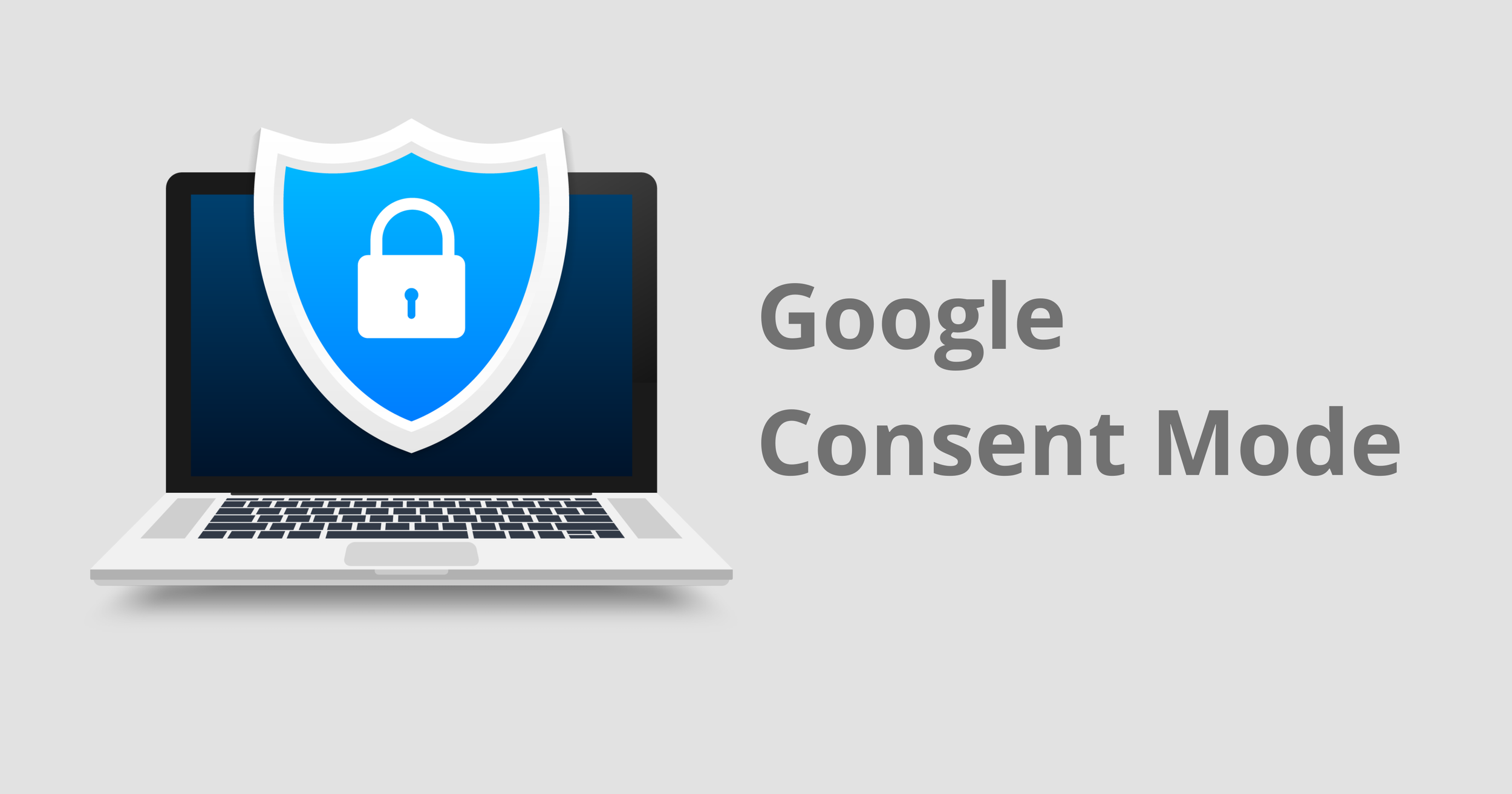Is Your Business Ready for Google's Consent Mode Deadline?
Estimate Reading Time: 2.8 mins
As the world gets increasingly concerned about data privacy, regulations like the General Data Protection Regulation (GDPR) have emerged to give users more control over their information. This has significant implications for businesses that rely on online advertising, particularly those operating in the European Union (EU), European Economic Area (EEA), and the United Kingdom (UK).
Table Of Contents
Google Consent Mode and Consent Mode v2
Google Consent Mode
Launched in 2020, it provides a framework for advertisers to:
Respect user consent: When users visit your website and choose not to consent to cookie collection, Consent Mode restricts data collection based on their choice.
Offer alternative solutions:
Modeling: While not collecting data from non-consenting users, Consent Mode allows advertisers to leverage Google's modeling capabilities to estimate certain metrics (e.g., potential conversions) based on available data from consenting users.
Focus on consent-based data: By adhering to user consent, advertisers can focus on utilizing data collected with user permission, ensuring ethical and compliant advertising practices.
Google Consent Mode v2
Introduced in 2024, builds upon the foundation of its predecessor with several key enhancements:
Granular consent signals: Requires the collection and transmission of additional signals about user consent specifically related to personalized advertising. This provides Google with a clearer picture of user preferences for more tailored ad experiences for those who have consented.
Strengthened user privacy: Allows websites to opt out of using modeled data for non-consenting users, ensuring their data is not used for estimates.
Regulatory alignment: Specifically aligns with the stricter data privacy regulations in the EU (GDPR) and the UK, guaranteeing compliance with the latest legal requirements.
On March 6, 2024, Google will enforce its updated Consent Mode v2, a system designed to ensure advertisers comply with data privacy regulations in the aforementioned regions. This essentially means that if you're advertising to users in these locations and want to utilize features like remarketing and ad personalization, you'll need to demonstrate that you have obtained verifiable consent from them.
What happens if you don't comply?
Failing to meet Google's Consent Mode deadline won't completely shut down your advertising efforts. However, you'll lose access to valuable features like:
Remarketing: Reconnecting with users who have previously interacted with your website or app.
Ad personalization: Delivering targeted ads based on individual user data.
This could significantly limit the effectiveness of your online advertising campaigns, potentially leading to decreased reach and conversions.
How to ensure compliance with Google's Consent Mode?
Here are some key steps to take:
Understand what verifiable consent entails: This involves obtaining clear consent from users before collecting, using, or sharing their data for advertising purposes. Users should also be able to easily withdraw their consent at any time. Implement a
Google-certified Consent Management Platform (CMP): A CMP simplifies the process of collecting and managing user consent by data privacy regulations. Google offers a list of certified CMPs that integrate seamlessly with its advertising platforms.
Update your data privacy policy: Clearly outline how you collect, use, and share user data, and how users can control their privacy settings.
Final Thoughts
Your online advertising efforts can continue to reach the right audience and produce the desired outcomes if you are aware of Google's Consent Mode requirements and take active steps toward compliance. Remember, this deadline is fast approaching, so prioritize reviewing your data privacy practices and implementing the necessary solutions.

